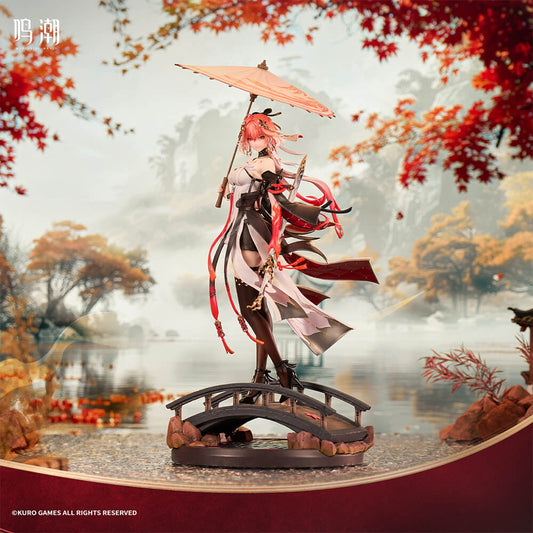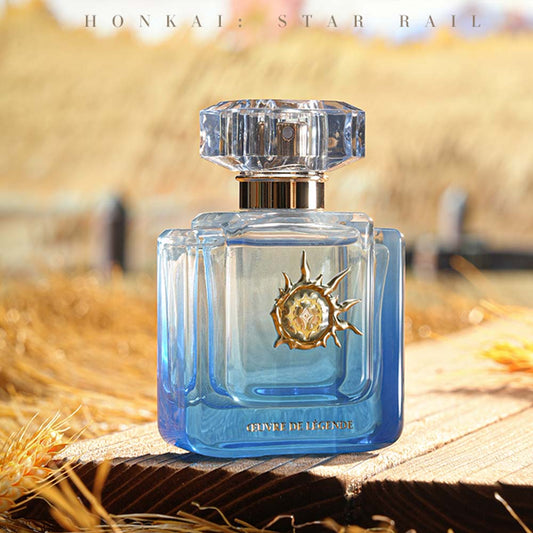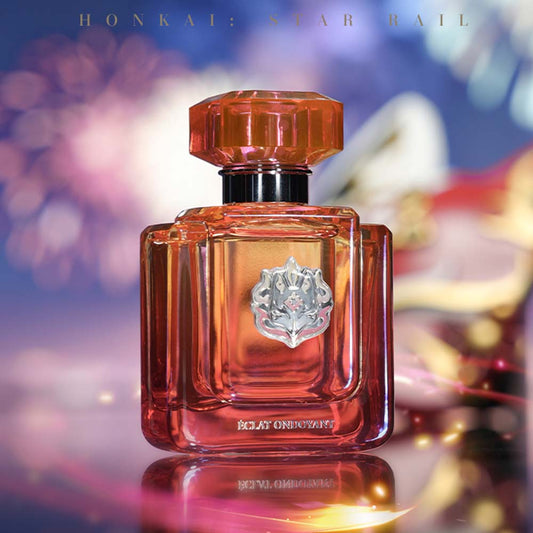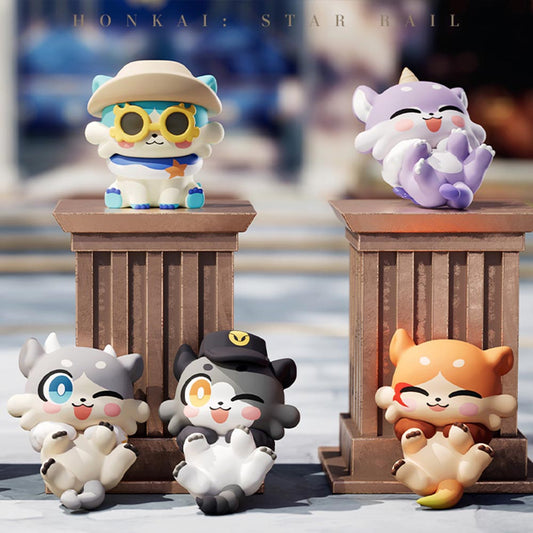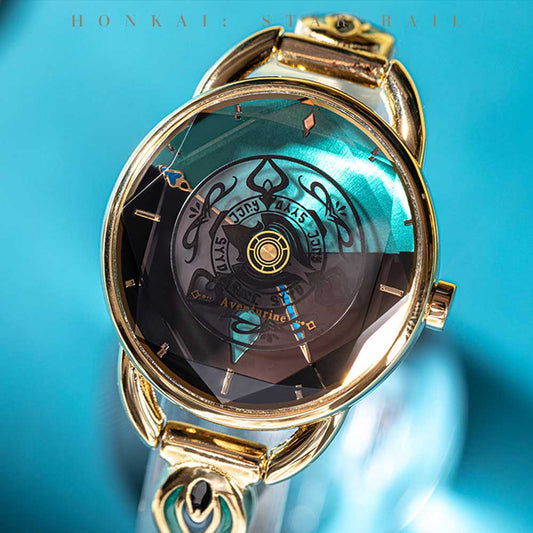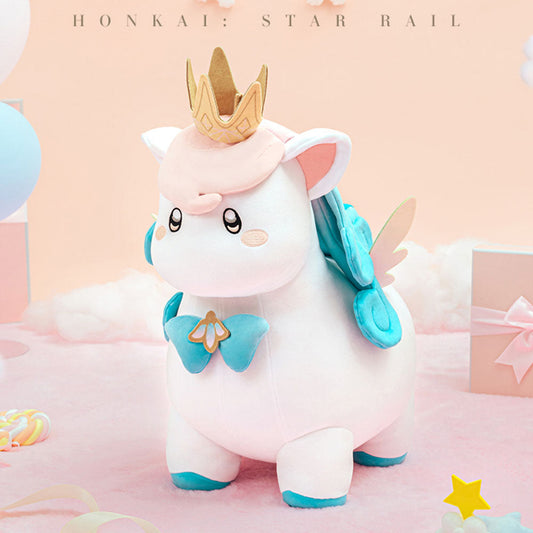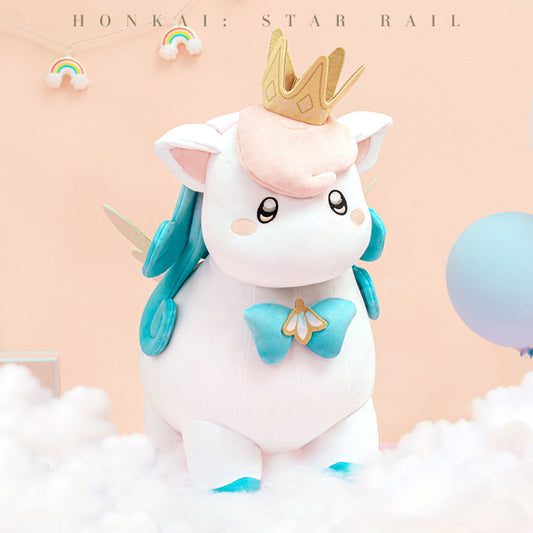Medic Tier List: Which Healers Will Keep Your Team Alive?

If you want your team to survive, pick healers with high pick rates and good win rates. Holy Paladin is great because it has strong cooldowns and anti-CC skills. Preservation Evoker is getting popular because of new passive CC immunity. You should learn what makes each healer special. Some healers are good because of their utility, not just healing power.
New player data shows healer strengths and weaknesses can change how well teams do. Healing stats do not show everything, so think about utility and how healers fit your team when you choose.
The Medic Tier List gives you a clear ranking for healing, damage, and special skills. You will see good choices for every play style and team.
Medic Tier List Overview
When you look at a Medic Tier List, you want to know which healers will help your team the most. This list helps you compare healers by showing their strengths and weaknesses in real matches. You can use it to pick the best healer for your play style or team needs from shops like Bahomu.
You might wonder what makes a healer stand out. Here are the main things you should look for:
-
Healing throughput: How much health a healer can restore in a short time.
-
Damage contribution: Some healers can also deal damage to help the team.
-
Party utility: Healers often bring extra skills, like shields or speed boosts.
-
Survivability: Can the healer keep themselves alive when things get tough?
-
High-key representation: How often top players pick this healer in hard content.
The Medic Tier List uses these factors to rank each healer. You will see that some healers shine because they can do more than just heal. Others might be strong in certain team setups or game modes.
Let’s break down what each tier means for you. This table gives you a quick look:
|
Tier |
Characteristics |
|---|---|
|
S Tier |
Excels in raw healing, damage, and utility |
|
A Tier |
Needs good positioning and smart cooldown use |
|
B Tier |
Works best with the right group or situation |
|
C Tier |
Has niche uses or underperforms in most scenarios |
You should remember that even the best healer needs a skilled player. The Medic Tier List shows you the top picks, but your own skill and teamwork matter just as much. Try different healers and see which one fits your style. You might find a new favorite!
S Tier: Best Healers for Team Survival
A Tier: Strong and Reliable Healers
B Tier: Viable but Situational Healers
C Tier: Niche or Underperforming Healers
S Tier Healers: Top Choices
Restoration Druid (WoW)
You want a healer who can handle any situation. Restoration Druid gives you that flexibility. You can heal groups fast and keep everyone alive during heavy damage. If you play in raids or dungeons, you notice how strong Restoration Druid feels. You have powerful cooldowns and smart healing spells.
Here’s how you get the most out of Restoration Druid:
-
Use Flourish and Convoke the Spirits when your team takes big hits.
-
Start your healing ramp about 12 seconds before damage lands. Refresh Lifebloom and cast Rejuvenation.
-
Follow up with Swiftmend and Wild Growth for a burst of healing.
-
Match your cooldowns with boss attacks or enemy bursts.
You also bring utility to your team. You can remove poisons and curses, and you have strong mobility. Restoration Druid stands out in the Medic Tier List because you adapt to any group and keep everyone safe.
Ana (Overwatch)
Ana gives you control over the fight. You heal fast and shut down enemy plays. You want a healer who can change the game with one move. Ana does that with her healing and utility.
Ana’s healing output is impressive:
-
Base healing: 93.75 healing per second (hps).
-
Splash burst heal: 140.6 hps.
You also help your team with smart abilities. Take a look at Ana’s utility:
|
Ability |
Effect |
|---|---|
|
Puts an enemy to sleep, increases Ana's max health by 10 for each enemy affected. Heals Ana with a burst of healing over 1 second. |
|
|
Heals allies and blocks enemies from getting healed for a short time. |
You can stop enemy ultimates and save teammates with a well-timed Sleep Dart. Biotic Grenade turns fights around by boosting your team’s healing and blocking enemy heals. Ana’s mix of healing and utility puts her at the top of the Medic Tier List for Overwatch.
Medic (Team Fortress 2)
Medic keeps your team alive in the heat of battle. You heal fast and build ÜberCharge to protect your team. You want a healer who can change the outcome of a match. Medic does that with strong healing and game-changing abilities.
Here’s what you need to know about Medic’s healing:
-
Your healing per minute depends on your team’s performance. The formula looks like this:
-
Expected Team 1 Heals Per Minute = 380 + 145 * T1HNKPM - 255 * T2HNKPM + 85 * T1HDPM + 0.67 * T2HPM
-
-
If you heal above this rate, you’re doing great. If you fall below, you might need to adjust your play.
Medic’s ÜberCharge makes you a game-changer. Check out the different types:
|
ÜberCharge Type |
Effectiveness |
Key Points |
|---|---|---|
|
Stock Medi Gun |
High |
Grants full invincibility, best for high-damage classes like Soldiers and Heavies. |
|
High |
Gives critical hits, great for Soldiers and Demomen, but no invincibility. |
|
|
Moderate |
Offers knockback immunity, heals multiple players at once. |
|
|
Variable |
Charges quickly, gives resistance to damage types, good for strategic pushes. |
You decide when to use ÜberCharge for maximum impact. You can save your team from wipes or push through enemy defenses. Medic’s healing and utility make him a top pick in competitive TF2 and a staple in the Medic Tier List.
Tip: S Tier healers give you more than just healing. You get strong cooldowns, game-changing utility, and the power to turn fights in your favor.
A Tier Healers: Strong Alternatives
Holy Paladin (WoW)
You want a healer who can keep your team safe in tough fights. Holy Paladin gives you strong single-target healing and useful spells. You can use Blessings and Auras to help your group survive. Holy Paladin shines in both PvE and PvP because you can focus on allies who need help right away.
Here are some things you should know:
-
Strong single-target healing lets you save teammates in danger.
-
Utility spells like Blessing of Protection and Aura Mastery boost your team’s defense.
-
Slower cast times can make it hard to react quickly.
-
Weaker legendaries may lower your power in some fights.
Holy Paladin shows up often in top teams. You see high representation in many raid tiers:
|
Healer Spec |
Tier 14 |
Tier 15 |
Tier 16 |
|---|---|---|---|
|
Holy Paladins |
High |
High |
High |
You get a healer who fits many team setups and game modes.
Baptiste (Overwatch)
Baptiste brings both healing and damage to your team. You can heal allies with his Biotic Launcher and keep them alive with Immortality Field. Baptiste works best when you aim well and know his mechanics.
Check out what makes Baptiste stand out:
-
High healing potential if you master his aim.
-
Consistent healing once you learn his playstyle.
-
Versatile support with both healing and damage.
-
Healing output jumps from 8,817 per game in Bronze to 13,704 in GM.
-
Works better in close teams than spread-out groups.
You notice Baptiste’s skill gap. If you practice, you can carry games and help your team win more often.
Zenyatta (Overwatch)
Zenyatta gives you healing and strong damage. You can heal with Orb of Harmony and weaken enemies with Orb of Discord. Zenyatta fits teams that want extra firepower and steady healing.
Here’s why you might pick Zenyatta:
-
You heal allies while attacking enemies.
-
Orb of Discord helps your team focus targets.
-
You need good positioning because Zenyatta has low mobility.
-
Works well in dive and poke team comps.
You get a healer who rewards smart play and teamwork. Zenyatta stays popular in ranked games because you can change fights with your utility.
Tip: A Tier healers give you strong healing and extra skills. You can fit them into many team comps and game modes. If you want more options beyond the S Tier, these picks from the Medic Tier List will help your team stay alive.
B Tier Healers: Viable Options
Discipline Priest (WoW)
You might pick Discipline Priest if you want a healer who can deal damage and heal at the same time. Discipline Priest works best when you set up your spells and play with a team that understands your style. You need to plan your healing windows and use your cooldowns wisely. Sometimes, you notice that Discipline Priest struggles in fights with heavy burst damage or when your group spreads out.
B Tier healers like Discipline Priest often need special setups to shine. You may find that they work well in certain team compositions or during exploration, but they can fall behind in tough raids or Mythic+ dungeons. Their healing and utility do not match the top-tier healers, so you need to invest in gear and stats to reach their full potential.
Here’s a quick look at Discipline Priest’s stats:
|
Stat |
Effect |
|---|---|
|
Mastery |
Increases healing on Atonement targets. |
|
Critical Strike |
Grants a chance to double the value of damaging spells and heals. |
|
Versatility |
Increases all damage and healing done, decreases damage taken. |
|
Leech |
Provides self-healing based on outgoing damage and healing events. |
|
Haste |
Reduces cooldowns of spells, improving efficiency and throughput. |
You want to focus on these stats for the best results:
-
Intellect
-
Haste to about 20%
-
Critical Strike and Mastery balanced
-
Versatility
Tip: Discipline Priest rewards you for learning its unique playstyle. If you enjoy mixing damage and healing, you might find it fun, but you need to work harder than with S or A Tier healers.
Mercy (Overwatch)
You might choose Mercy if you want a healer who can move quickly and help teammates in fast-paced fights. Mercy’s healing is solid, but it does not reach the levels of Ana or Moira. Her mobility lets you fly to allies and reposition easily, which helps you stay alive and support your team.
Players have mixed feelings about Mercy after her rework. Some say her gameplay feels less engaging, but others believe she remains a strong pick in competitive play. You can heal, boost damage, and revive teammates, but you need to watch your positioning and avoid enemy threats.
-
Mercy’s healing matches other main healers, but falls just short of the top picks.
-
Her mobility is a big advantage, letting you escape danger and reach teammates fast.
-
Many players still trust Mercy to keep their team alive, especially in chaotic matches.
You see Mercy in the Medic Tier List because she offers reliable healing and great movement. If you want a healer who feels safe and easy to play, Mercy is a good choice for most team setups.
Note: B Tier healers can help your team, but you need to know their limits. They work best when you build your team around their strengths and play smart.
C Tier Healers: Niche Picks
Moira (Overwatch)
You might pick Moira if you want a healer who feels fast and flashy. Her healing beam looks cool, and her fade ability lets you escape danger. You can toss out a healing orb and watch it bounce around the map. Moira feels fun in casual games, but you notice her limits when the match gets tough.
Moira’s healing per second stays lower than other supports. You do not get strong cooldowns or big utility spells. Her damage can help finish off weak enemies, but your team often needs more healing or protection. In high-level games, you see Moira less often because she cannot keep up with the pressure.
Moira works best when your team stays close together. If your allies spread out, you struggle to reach everyone. You do not have the tools to save teammates from burst damage or enemy ultimates.
Here’s why Moira sits in C Tier:
-
She does not have the cooldowns to match top healers.
-
Her utility feels limited compared to Ana or Baptiste.
-
Her healing throughput falls short in tough fights.
If you want a healer who feels easy to play and lets you move around quickly, Moira gives you that. You just need to know her limits.
F2P Heavy Support (TF2)
You might see new players in Team Fortress 2 using Heavy as a support. Heavy can drop sandwiches to heal teammates. You get a big health pool and strong firepower. Sometimes, you help your team by tanking damage and sharing snacks.
Heavy’s healing feels slow. You cannot heal groups quickly. You do not have any cooldowns or utility skills like Medic’s ÜberCharge. In tough matches, you notice that Heavy support cannot keep up with enemy pushes or save teammates from danger.
|
Healer |
Healing Per Second |
Utility |
Survivability |
|---|---|---|---|
|
Medic |
High |
Strong |
Good |
|
Heavy (F2P) |
Low |
Weak |
High |
You might enjoy playing Heavy support in casual games. If you want to help your team in serious matches, you need more healing and better tools. Heavy support works as a niche pick, but you see why most teams choose Medic instead.
C Tier healers have lower healing, limited utility, and less survivability. You notice they struggle in hard content and do not show up often in top teams.
Tier List Methodology
Ranking Criteria Explained
You want to know how healers get ranked in the Medic Tier List. The process uses clear criteria, so you can trust the results. Here’s how the ranking works:
-
Healing output potential. You look at how much a healer can restore health, both to one player and to groups.
-
Healing scaling at level 25. Some healers get much stronger as the match goes on.
-
Utility. You check for extra skills, like shields, movement boosts, or debuffs.
-
Difficulty. You consider how hard it is to play each healer well.
You see that healing power matters, but utility and difficulty also play big roles. A healer with strong utility can save your team in ways pure healing cannot. If a healer is hard to master, you might need more practice before you see top results.
Tip: Try different healers to find one that matches your skill level and team needs. You might discover a new favorite by exploring the options in the Medic Tier List.
Impact of Game Modes and Meta
Game modes and meta trends change how healers perform. You notice that some strategies become popular, and players talk about what feels fun or boring. Here are some things you might see:
-
Players often complain about the 'triple support' meta. Many say it feels repetitive and not exciting.
-
Teams rely heavily on managing ultimate abilities. You see matches where everyone waits for healers to charge their ultimates before making a move.
-
Fights can drag on, with teams exchanging healing ultimates for a long time before damage heroes step in.
You should pay attention to what other players say and how the meta shifts. Sometimes, a healer moves up or down in the Medic Tier List because the game changes or new strategies appear. If you stay updated, you can pick the best healer for your favorite mode.
Note: Community feedback helps shape the tier list. Your experience and opinions matter, so share what works for you.
Choosing the Right Healer
Team Composition Tips
Picking a healer can be hard. You want someone who helps your team live. First, think about how your team plays. Does your team rush in together? Or do you all split up and fight from different spots? Your healer should fit how your team acts.
There are different ways to give out healing jobs. Here is a table with three common ways and what they do:
|
Assignment Scheme |
Description |
Advantages |
Disadvantages |
|---|---|---|---|
|
Specific (Strict) |
Healers get certain people to heal and do not cross-heal. |
Healing is more predictable and you know who heals who. |
Needs trust and good info; can be too strict. |
|
Specific (Loose) |
Healers have main jobs but can help others if needed. |
Lets healers change plans if damage changes. |
Healing may not be enough if you do not work together. |
|
No Assignment |
Healers heal anyone who needs it. |
Healers can use their best skills and react fast. |
Healing is less predictable and it is harder to know who is helping who. |
If your team likes rules, pick strict jobs. This works if you trust each other and want steady healing. Loose jobs let you help anyone who gets hurt. No jobs mean healers help whoever needs it, but someone might get missed.
Tip: Talk to your team before you play. Decide how you want to heal. Good talk makes your team stronger.
Think about what each healer can do. Some healers have strong cooldowns. Others give speed or shields. Mix these skills to help your team’s weak spots. If you have lots of damage dealers, pick a healer who can heal groups. If your team needs to stay safe, pick a healer with strong defense.
You’ve seen which healers stand out in the Medic Tier List. If you want the best team survival, pick S Tier healers for tough matches. For casual games, try A or B Tier picks—they offer solid healing and fun play. Always look at each healer’s special skills before you choose. Stay active in community chats and watch for meta shifts so you keep your team strong.
FAQ
What makes a healer S Tier?
You get S Tier healers when they offer top healing, strong utility, and game-changing abilities. These healers help your team survive tough fights and adapt to many situations. You notice them in most high-level games.
Can you win with B or C Tier healers?
Yes, you can win with any healer if you play well and work with your team. B and C Tier healers need more effort and smart play. You may need to adjust your strategy or team comp.
How often does the tier list change?
You see updates when game patches, balance changes, or new heroes arrive. The meta shifts as players find new strategies. Check back often to stay current.
Should you always pick the highest tier healer?
Not always. You should pick a healer that fits your play style and team needs. Sometimes, a lower-tier healer works better for your group or the map.
What stats should you focus on as a healer?
Focus on stats that boost your healing and survivability. For example, you want Haste and Mastery for Discipline Priest. Always check guides for your favorite healer.

